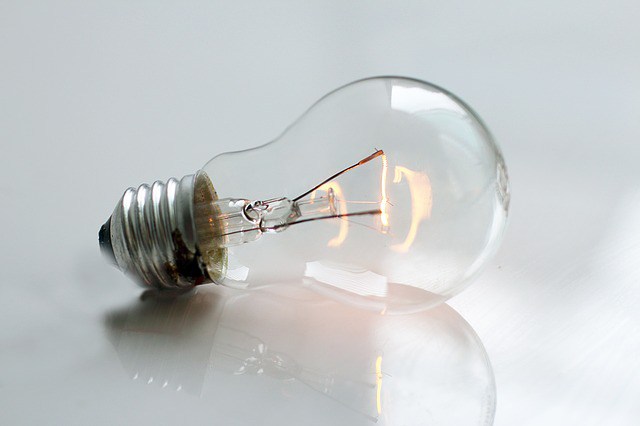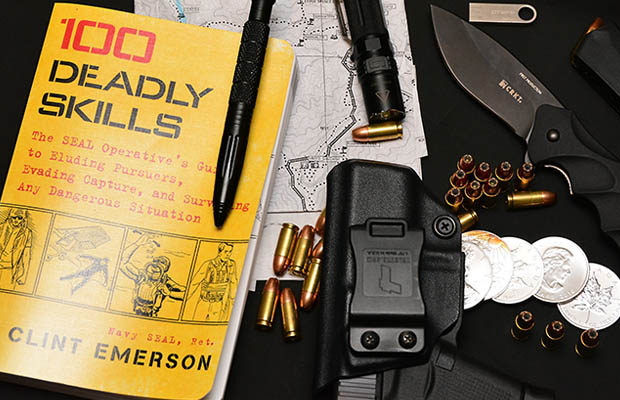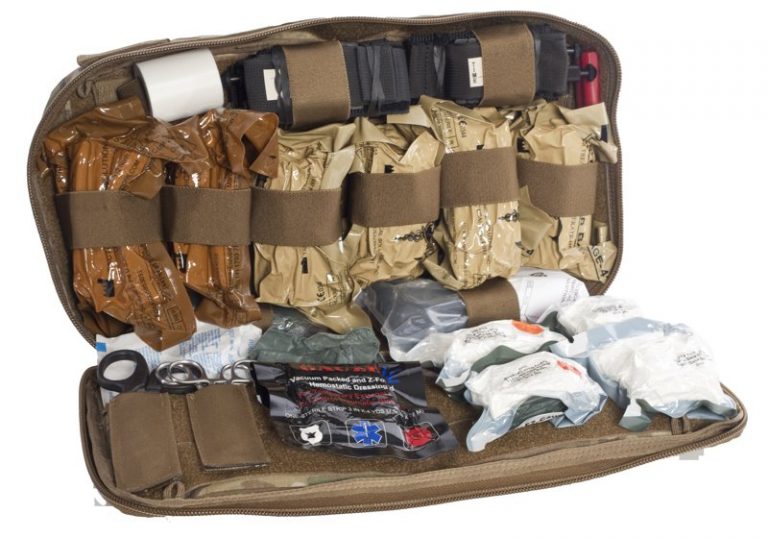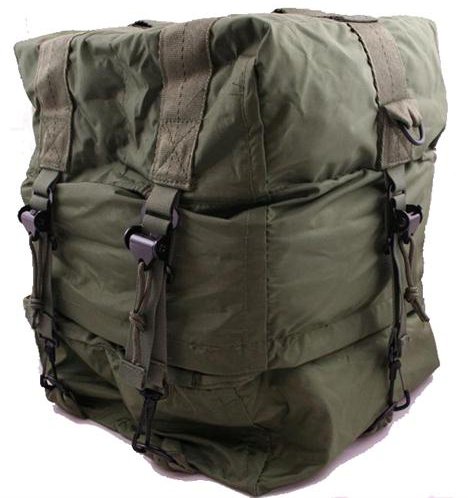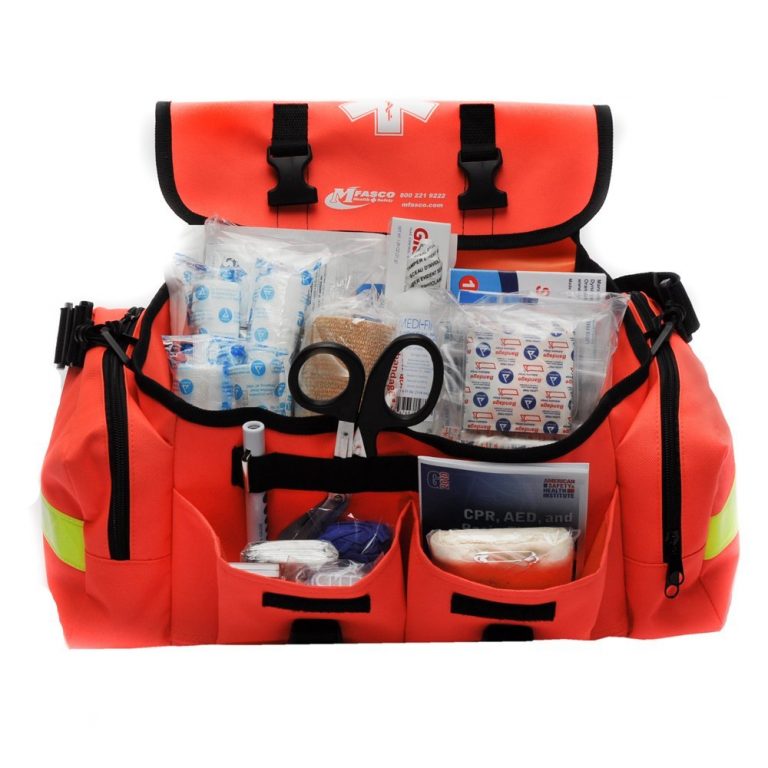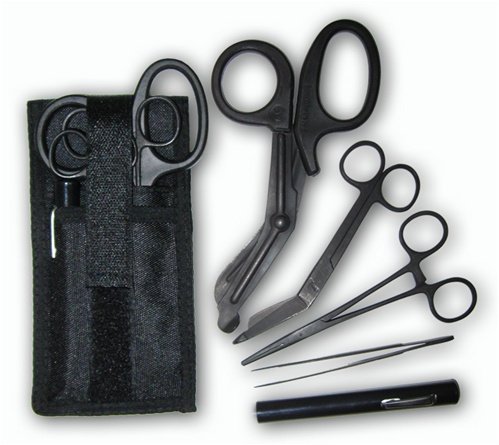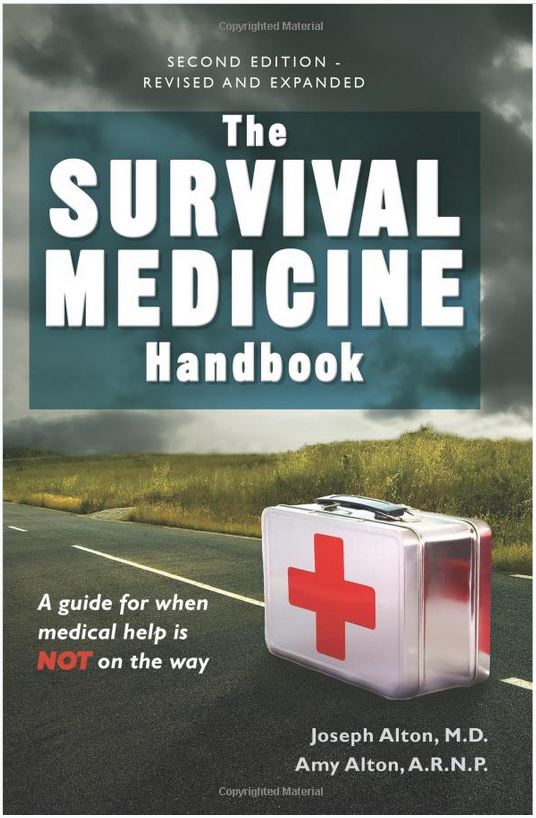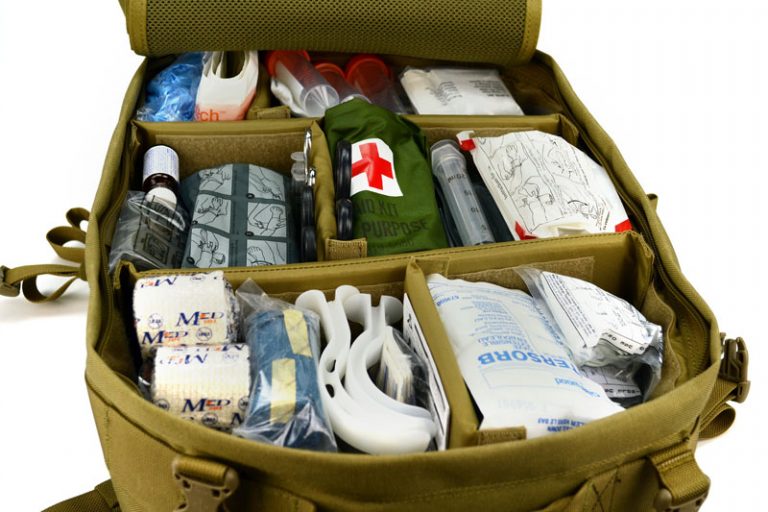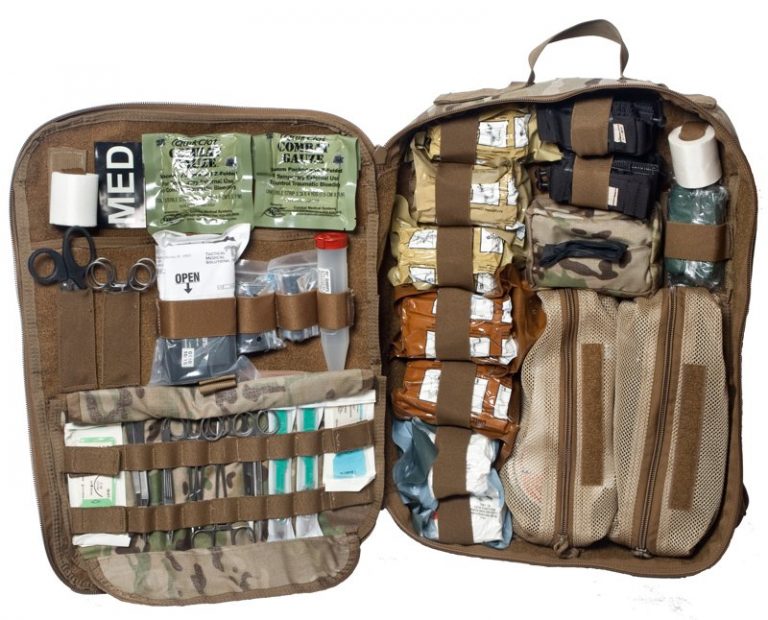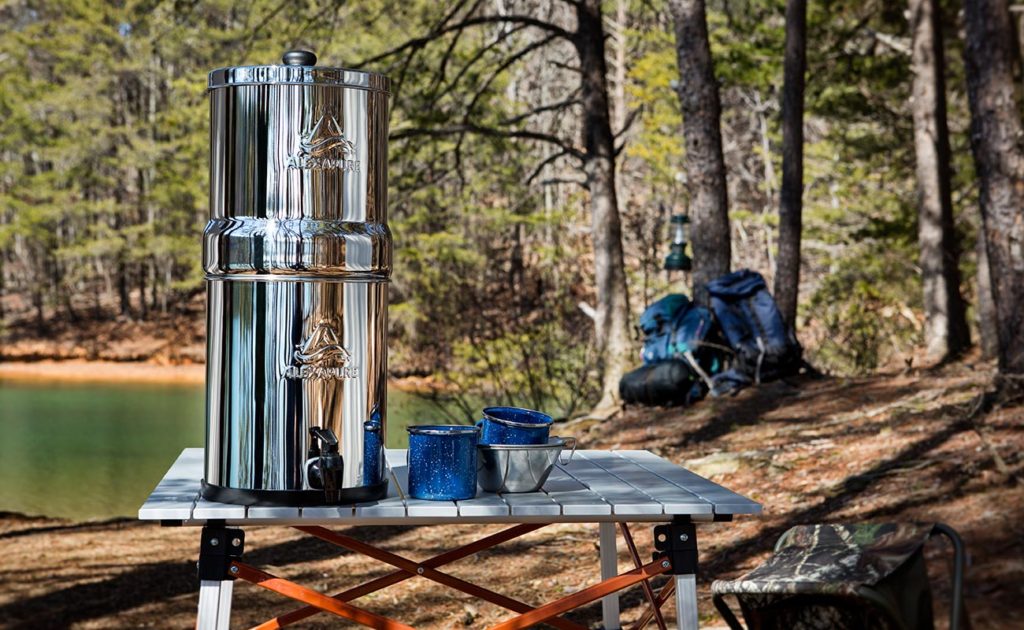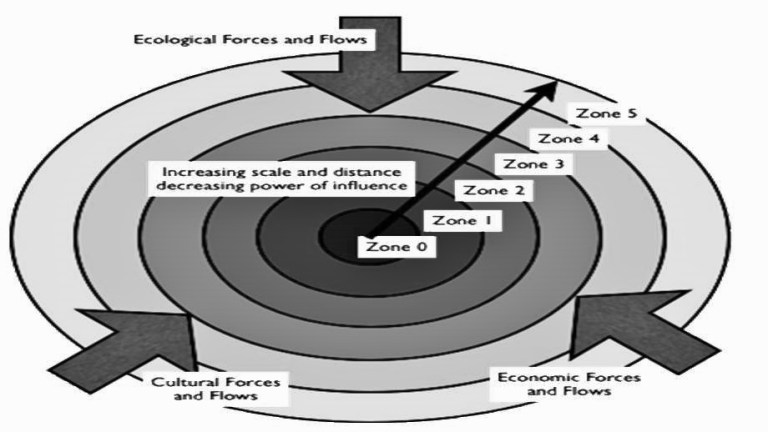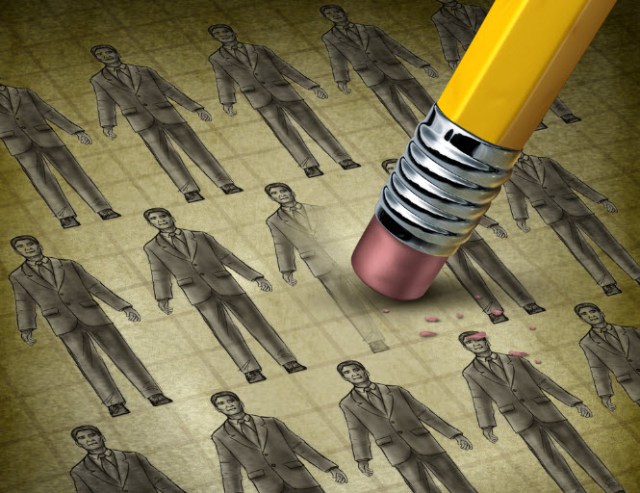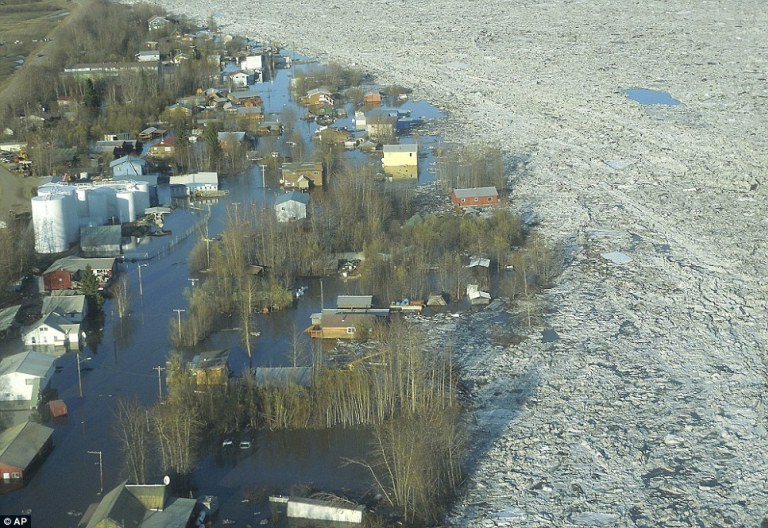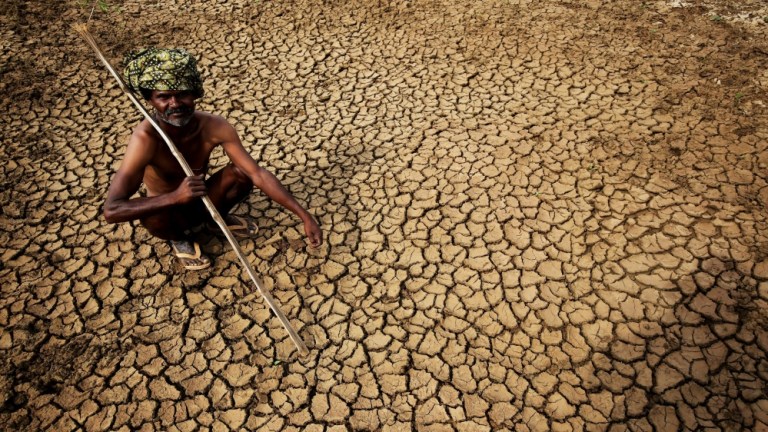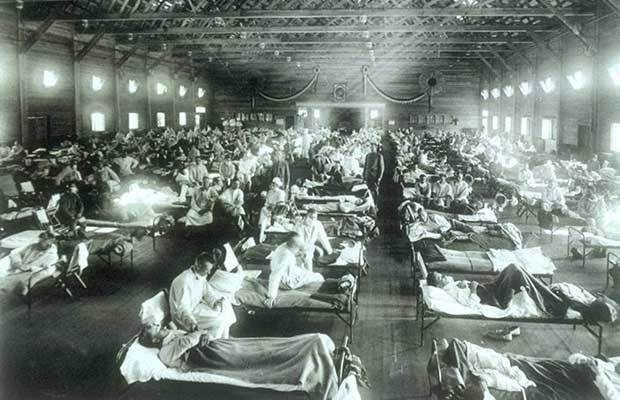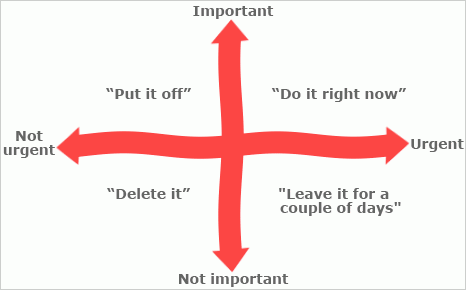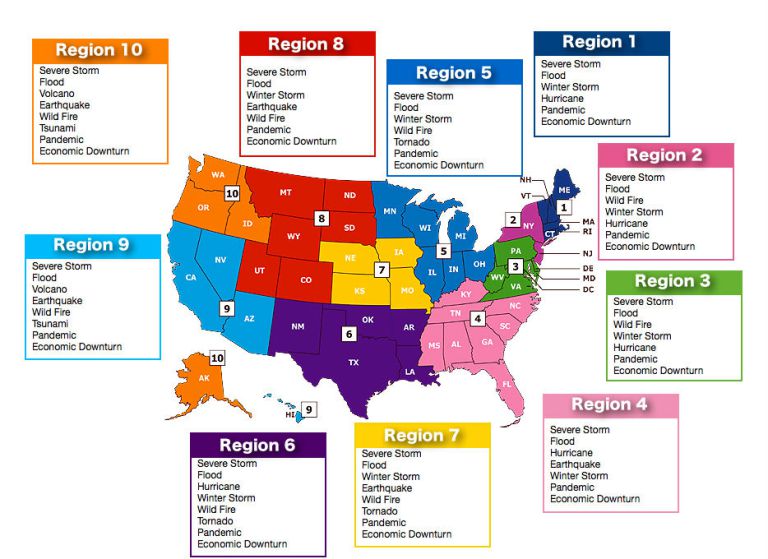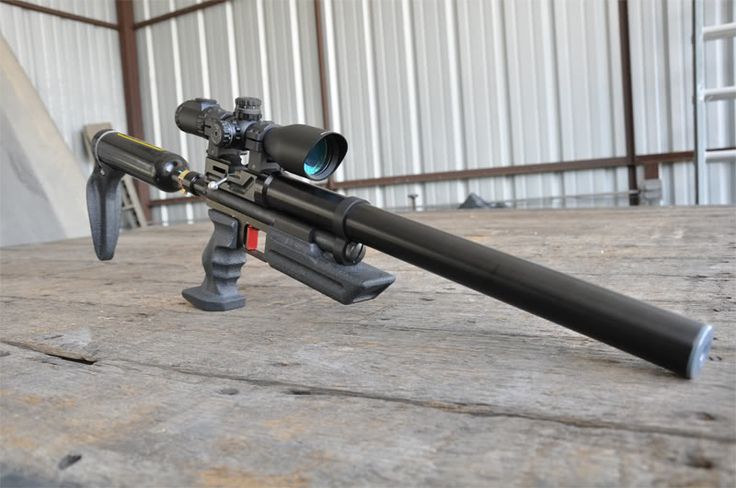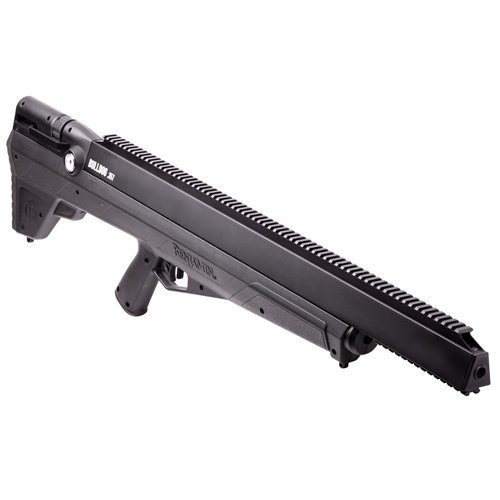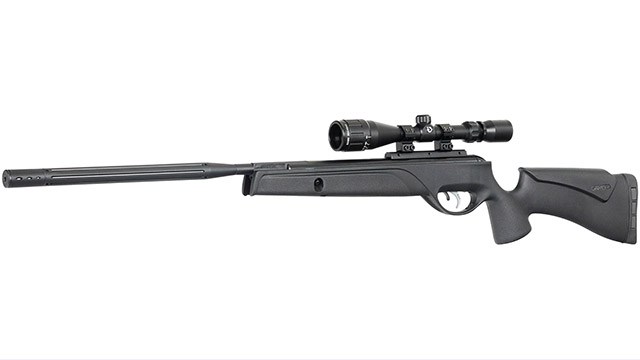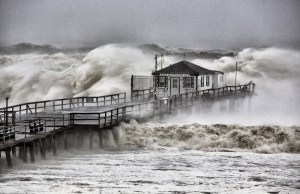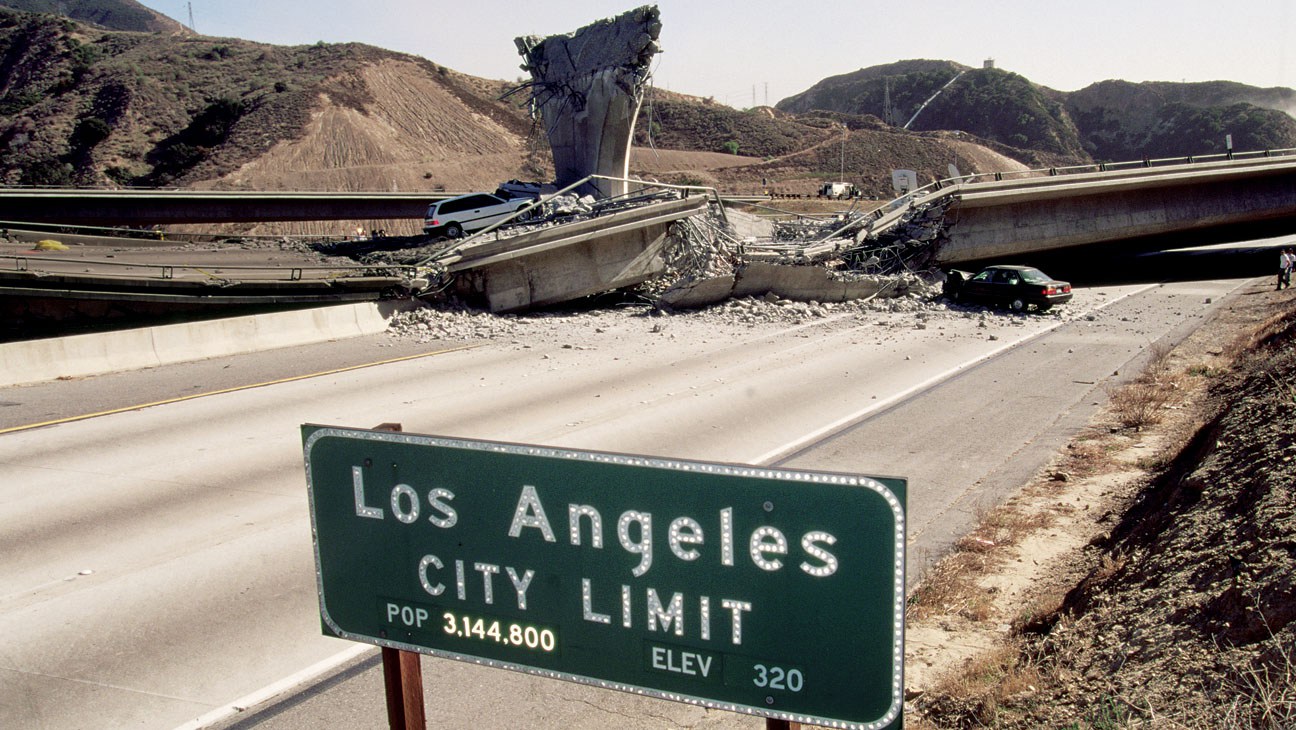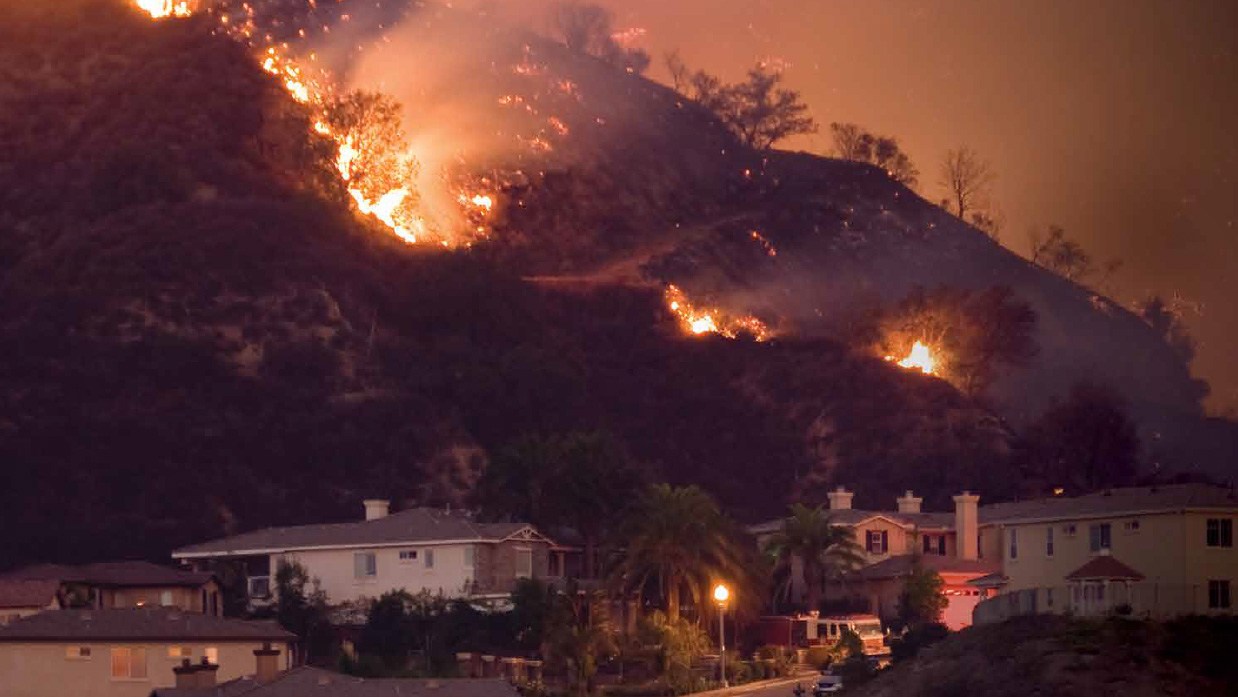10 Prepping Tips Everyone Should Know
Unless you’re a psychic, you never know when s*** is going to hit the fan. If and when a crisis occurs, the last thing you want is to be unprepared. But prepping isn’t always easy. With so much contradicting information out there, it can be difficult to separate the good information from the bad. With that said, I want to show you 10 awesome prepping tips that actually work. By following this advice, you’ll be ready for any survival situation.
#10: Build a Bug Out Bag
A bug out bag is basically an emergency kit that will provide you with the ability to survive for a minimum of 72 hours after a crisis. They should contain all of the essentials required for survival: food, water, basic first aid equipment, etc. While you can buy a bug out bag that’s already comes with items, it’s much better to build one in my opinion. Not only is it cheaper, but it also allows you to know exactly what’s in your bug out bag.
#9: Stock Up on Non-Perishable Food Items
There’s no sense in stocking up on foods that have a short lifespan. Why? Because you never know how long grocery store shelves will remain empty. Non-perishable food items include dried oats, dried rice, honey, powdered milk, and dried means. It’s also a good idea to invest in MREs (Meals-Ready-to-Eat). When purchased in bulk, they can be relatively inexpensive. Plus, they’re super-practical. Finally, consider investing in a food dehydrator so you can dehydrate foods.
#8: Check for Expired Food Items
This is one of the most overlooked prepping tips out there. There’s no use to having a bunch of food stored if it’s all expired. It’s much healthier to not eating anything at all than to eat something that’s expired. For this reason, I highly recommend keeping an eye out for when expiration dates are due. That way, you’ll know exactly what to throw out and re-stock on. Note, by learning advanced food storage techniques, this will become less of an issue.
#7: Rotate Clothing Based on Season
Another big mistake that a lot of people make is not rotating their clothing based on whatever season they are in. For example, during winter months, make sure that you have jackets and other insulating clothing packed in your bug out bag. Then, as the summer months roll in, swap out those clothes with lighter ones. That way, you’ll be prepared for the specific type of whether that your location is currently experiencing. This is one of those prepping tips that are super-important to remember.
#6: Focus on “The Big Three”
As a general rule, your emergency kit should be located in three places: in your car, in your home, and at your office. Why? Because you can’t predict when a crisis is going to occur. A bug out bag isn’t any good at home if you’re at work (and vice versa). By having emergency kits in all three locations, you’ll be able to reach them no matter what, and ultimately increase your chances of survival.
#5: Read Survival/Prepping Books
How to Protect Yourself Against Terrorism, Natural Disasters, Fires, Home Invasions, and Everyday Health and Safety Hazards
When it comes to survival and preparedness, nothing is more important than knowledge. I would recommend reading books on the topic. Some of the more popular ones include The SAS Survival Handbook, The Prepper’s Pocket Guide, and The SAS Urban Survival Handbook. There are many other great titles out there as well. Reading is important because it teaches the fundamentals of survival when modern technology is gone. As the old saying goes, “If you give a man a fish, you feed him for a day. If you give him a fishing pole, you feed him for life”.
#4: Invest in Iodine Solution
I would recommend investing in a 5% or 10% iodine solution and placing some in all of your emergency kits. Aside from the fact that it can be used as a disinfectant for minor cuts, you can also use it to keep your thyroid functioning normally. Remember, iodized salt is typically enough to keep your thyroid functioning properly. However, if you run out, you’ll definitely want to have some iodine solution available. A few drops per liter is typically enough. Plus, iodine can help purify water!
#3: Weigh Your Bug Out Bag
When I first put together my bug out bag, I was happy and proud of myself. Then I picked it up, “Uh oh…” I could barely lift it. Sometimes we get so caught up in putting as much stuff in our bug out bags as possible that we forget about weight. That last thing you want when bugging out is hurting your back because your bag is too heavy. That’s why it’s a good idea to weigh your bug out bag beforehand. That way, you’ll know whether or not you’ve got too much stuff.
#2: Buy a Weapon
You don’t necessarily need to buy a gun, but it’s still a good idea to invest in some kind of weapon. Whether it be pepper spray, a Taser, or a knife, you always need something to protect yourself. And here’s why: have you ever watched a video of people on Black Friday? If not, here’s a quick look:
As you can see, these people are acting CRAZY- and there isn’t really a real threat happening. Imagine if a crisis took out the power grid and the grocery store shelves were empty. You can be rest assured that people would act far, far worse. That’s why I recommend investing in some kind of self-defense weapon (preferably a gun).
#1: Prep a Little Each Day
We’ll leave you with one final tip: prep a little each day. Some people get discouraged from prepping because they think that they need to spend thousands of dollars to do it. But this couldn’t be further from the truth. There’s nothing wrong with spending just a few dollars each day on supplies. Personally, I like to spend an extra $10 on canned foods each time I visit a grocery store. After a few months, it adds up to be quite a collection. Remember, prepping is a marathon, not a sprint. So be sure to treat it that way and you’ll do far better.
Bottom Line
These prepping tips should make the process much easier on you. The biggest takeaway from this article is to make sure that you have your bug out bag ready. If possible, try to have an emergency kit in your car, at your home, and at your office. That way, you’ll be prepared for anything, anytime. Good luck, and leave a comment below if you have any questions (or your own tips and strategies for prepping). Thanks for reading.
Unless you’re a psychic, you never know when s*** is going to hit the fan. If and when a crisis occurs, the last thing you want is to be unprepared.

